- Joined
- Mar 29, 2016
- Messages
- 14,818
- Reaction score
- 8,261
- Can others edit my Photos
- Photos NOT OK to edit
doesn't have to have the same qualities
My wife has those white styrofoam heads, for wigs, but I thought they wouldn't work because the reflective nature of the white surface is far greater than typical skin. Wouldn't the same apply to other surfaces, or are you just saying use them to judge the position of the lights and shadow?


![[No title]](/data/xfmg/thumbnail/30/30995-7e48e5498fe9a56ea3d405cf87f3a1ec.jpg?1619734558)
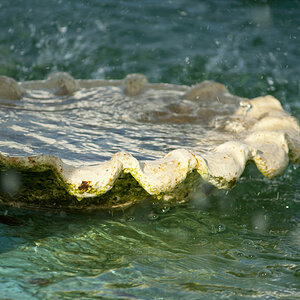
![[No title]](/data/xfmg/thumbnail/38/38443-d3f00036791c5f915b132320c9ac8865.jpg?1619738614)
![[No title]](/data/xfmg/thumbnail/30/30993-7c6dca4375064e92f2ea6cbfabf9b59e.jpg?1619734556)
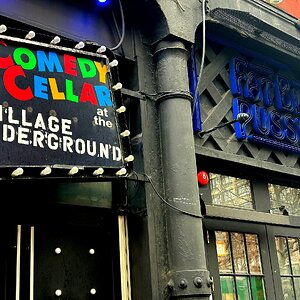
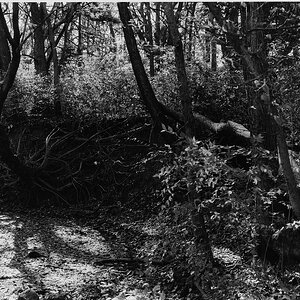
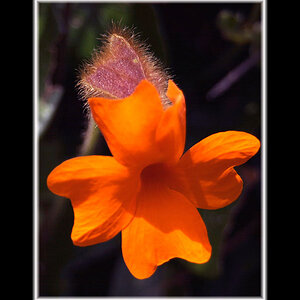
![[No title]](/data/xfmg/thumbnail/37/37656-96c70ee246b815f10e703ff6cd8acdc0.jpg?1619738172)
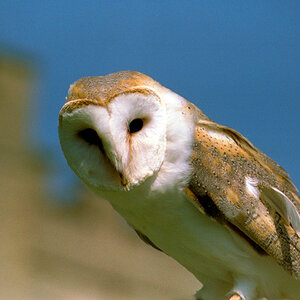
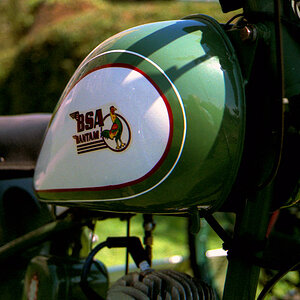
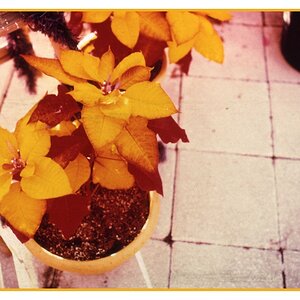
![[No title]](/data/xfmg/thumbnail/37/37657-01deca3769b38b716838942ccbfce66a.jpg?1619738172)